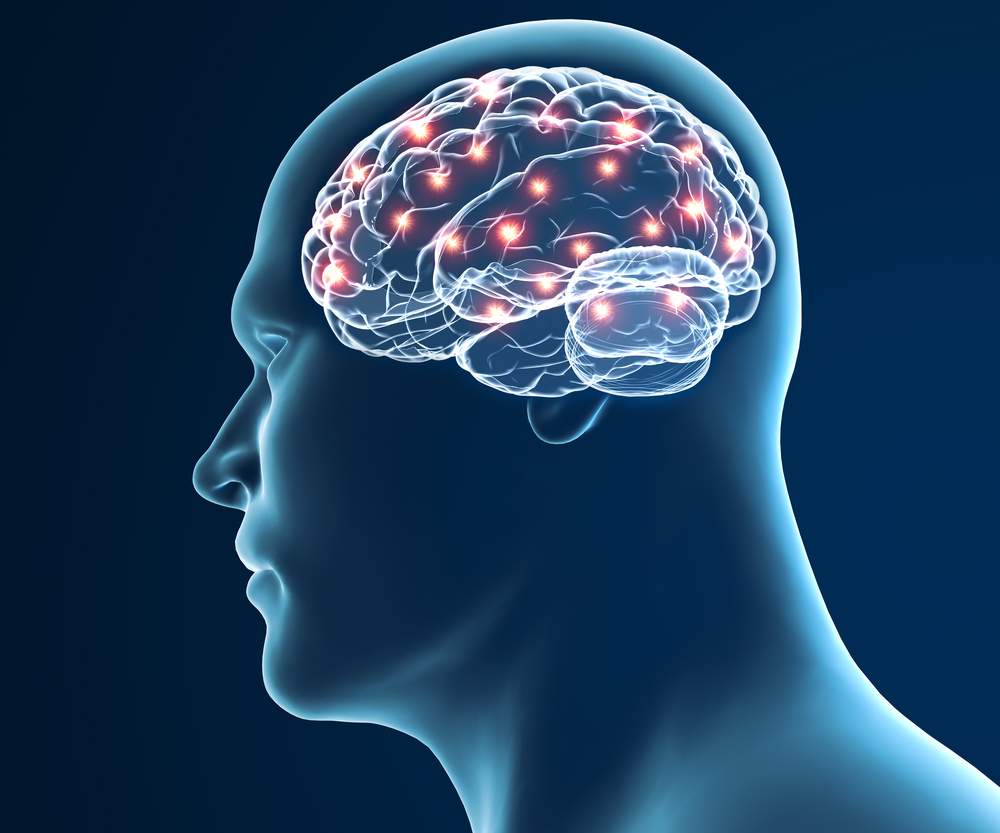DBS Eases Symptoms and May Slow Progression in Early Stage Patients, Study Says

When given to people at earlier stages of Parkinson’s disease, deep brain stimulation (DBS) reduces the complexity of their treatment, while safely providing long-term motor benefits and possibly slowing disease progression, data from a five-year pilot trial suggests.
A planned Phase 3 study has already received the go-ahead from the U.S. Food and Drug Administration (FDA). If these results are confirmed in a larger group of earlier stage patients, DBS will be the first therapy shown to be effective at slowing disease progression.
Findings were reported in the study, “Deep Brain Stimulation in Early-Stage Parkinson’s Disease: Five Year Outcomes,” published in the journal Neurology.
Deep brain stimulation is a surgical treatment for Parkinson’s disease that involves implanting a neurostimulator, a battery-operated device about the size of a pacemaker, in a person’s body to stimulate via electrical signals fine wires inserted into specific regions of the brain.
Shown to be safe and effective when used to stimulate the subthalamic nucleus (STN) — a brain region involved in movement control — in mid- to late-stage Parkinson’s patients, DBS studies in people at earlier stages are lacking. The safety and efficacy of STN DBS treatment, and its long-term effects, on this patient group are not known.
Researchers at Vanderbilt University Medical Center (VUMC) and colleagues conducted a single-site pilot trial (NCT0282152) to investigated the safety and tolerability of STN DBS in 30 people with early Parkinson’s (ages 50–75).
All, while off medication, were at stage two on the Hoehn & Yahr scale, signifying both sides of the body affected but stiffness and rigidity still at early stages. Their reliance on Parkinson’s medications ranged from six months to four years.
They were randomly assigned to either STN DBS in combination with optimal drug therapy, or to this drug regimen alone for two years.
Patients then entered an observational follow-up study (IRB040797), in which they were monitored for another three years.
Five-year data from 28 patients who completed both study parts found that those given STN DBS alongside optimal drug therapy required lower doses of levodopa to control symptoms, compared with those on an optimal drug regimen alone (a daily average of 774 mg versus 1,158 mg).
In addition to requiring lower levodopa doses, patients given STN DBS were also 16 times less likely to need multiple medications (polypharmacy) for symptom control at five years, compared with those given optimal drug therapy alone.
Through these five years, those on continuous drug therapy were seen to have an almost five times higher risk of worsening rest tremor, and a two times higher chance of a worsening of their motor symptoms in general, analyses showed.
The incidence of adverse events and the overall safety profile was similar in both treatment groups.
“These results suggest that early STN DBS + ODT is a safe Parkinson’s disease treatment with the potential to provide long-term, sustained motor benefit over standard medical therapy while reducing the need for, and complexity of, anti-parkinsonian medications and their associated complications,” the researchers wrote.
A randomized, double-blind, Phase 3 trial (IDEG050016), led by VUMC, plans to recruit about 130 patients from 20 U.S. centers, to investigate the potential of DBS in slowing disease progression when early in the course of the disease.
“With this pilot study, we’ve shown that if DBS is implanted early it’s likely to decrease the risk of progression, and if this is borne out in our larger study it would be a landmark achievement in the field of Parkinson’s disease,” David Charles, MD, a professor and vice chair of neurology at VUMC, and the study’s senior author of the study, said in a press release.
Given the one trial’s preliminary nature, however, Charles stressed its findings should not lead to any changes in clinical treatment of Parkinson’s.
The Neurology study received partial support from Medtronic, which manufactures the DBS system. Its authors, all with VUMC, also report that they had full editorial independence.






